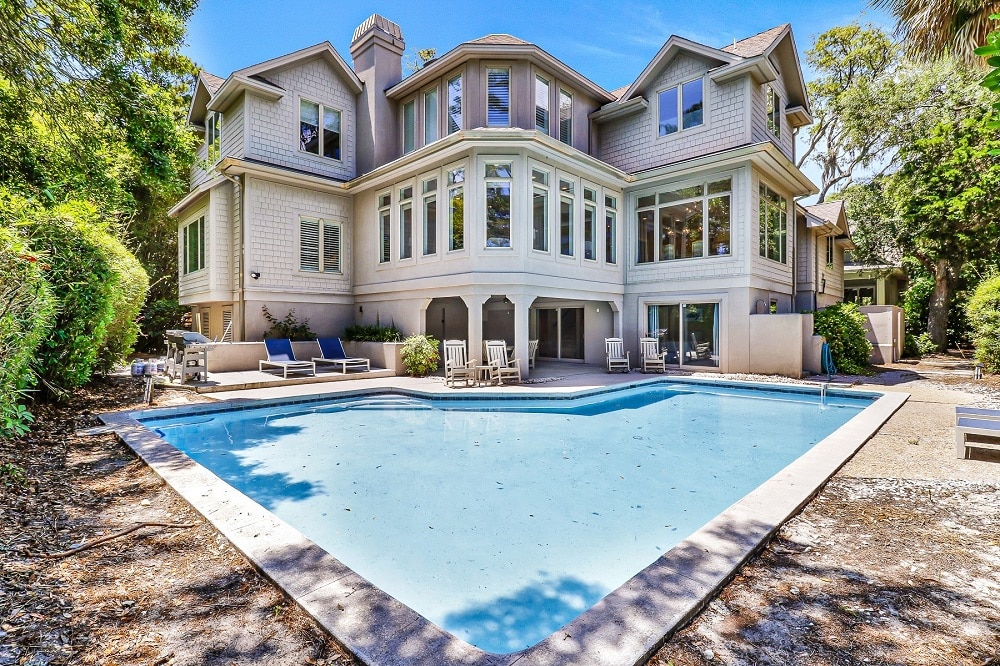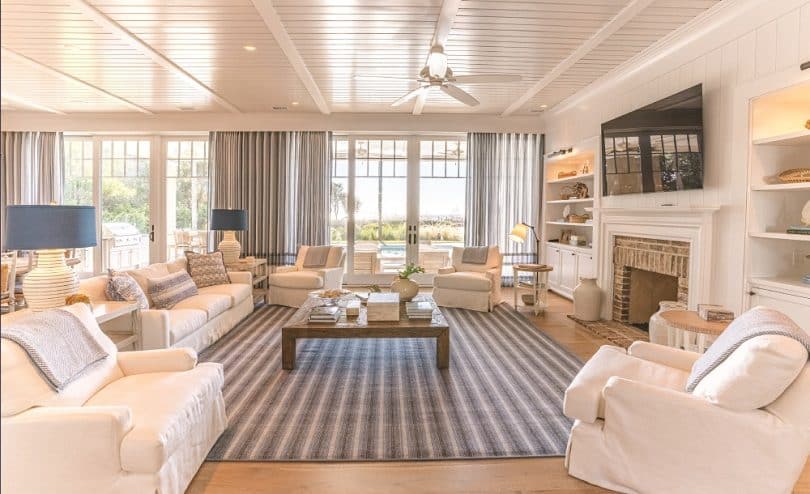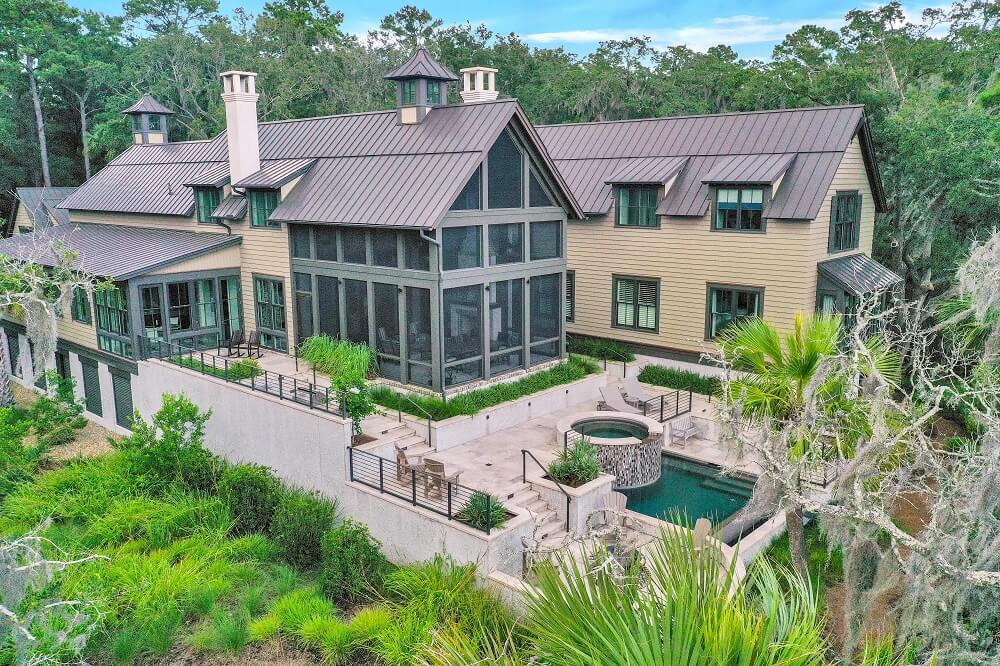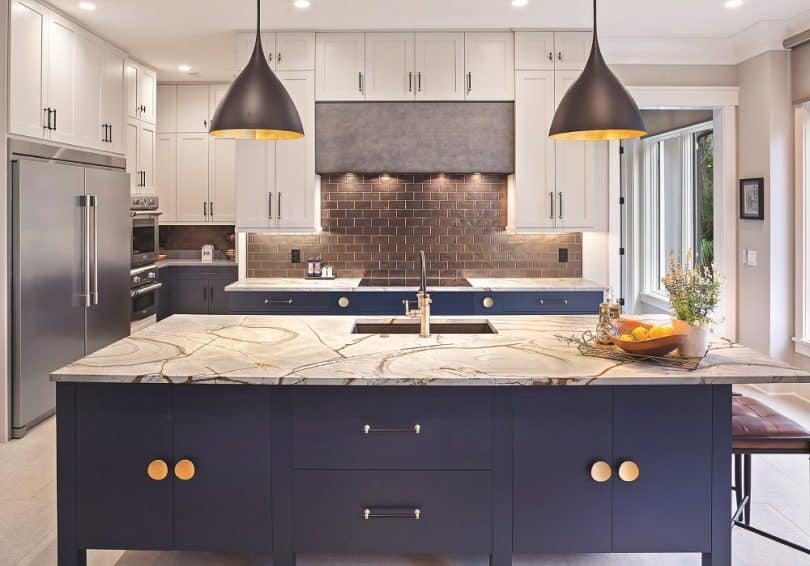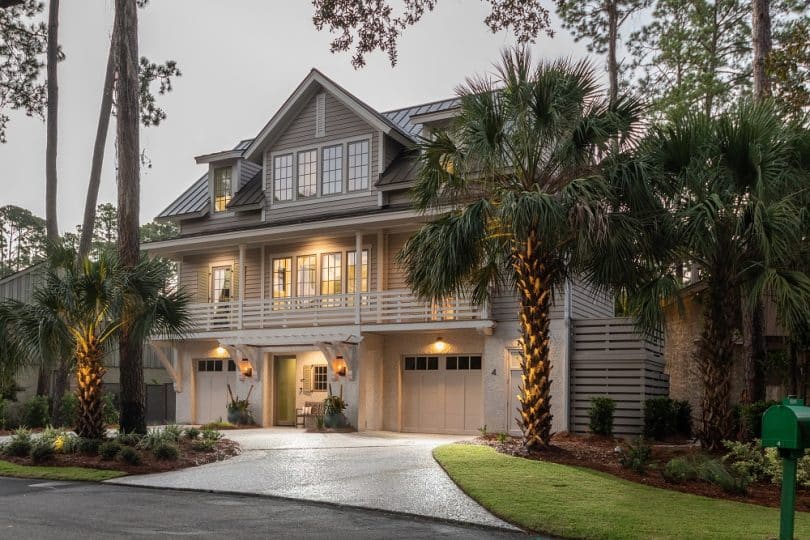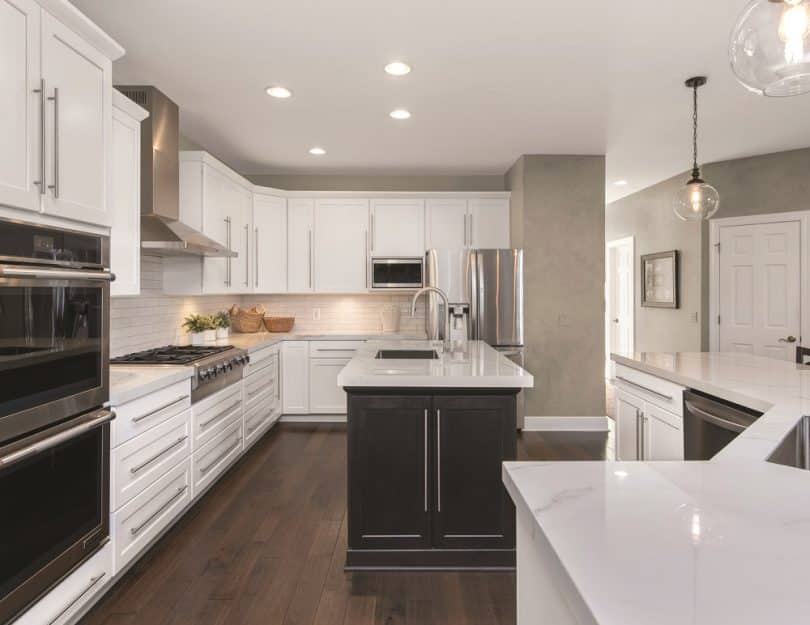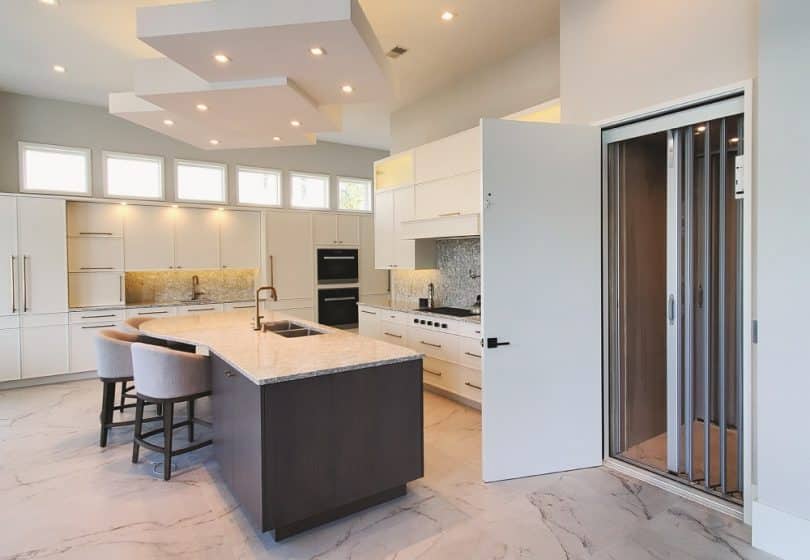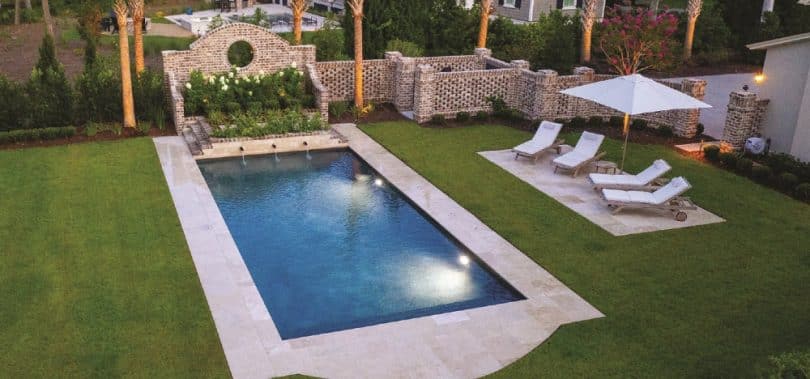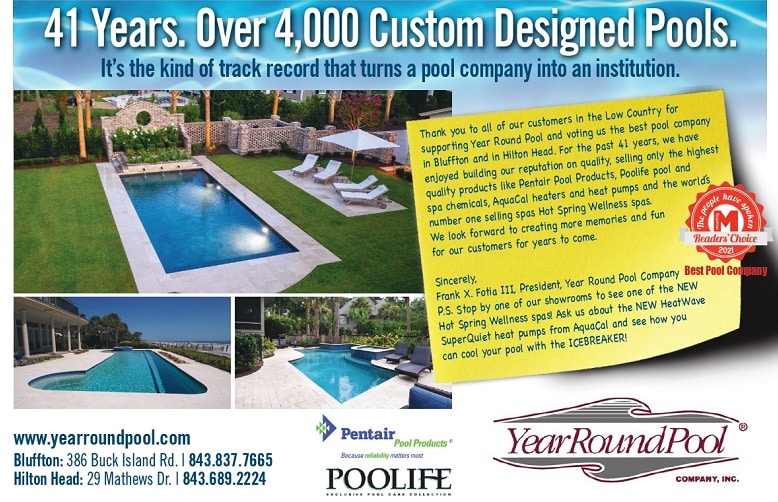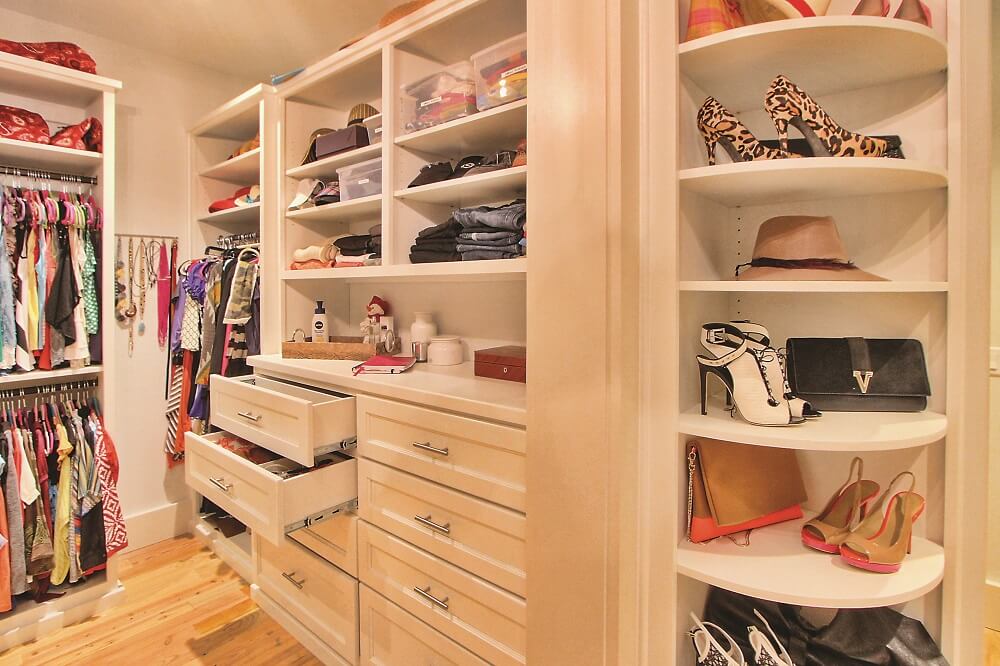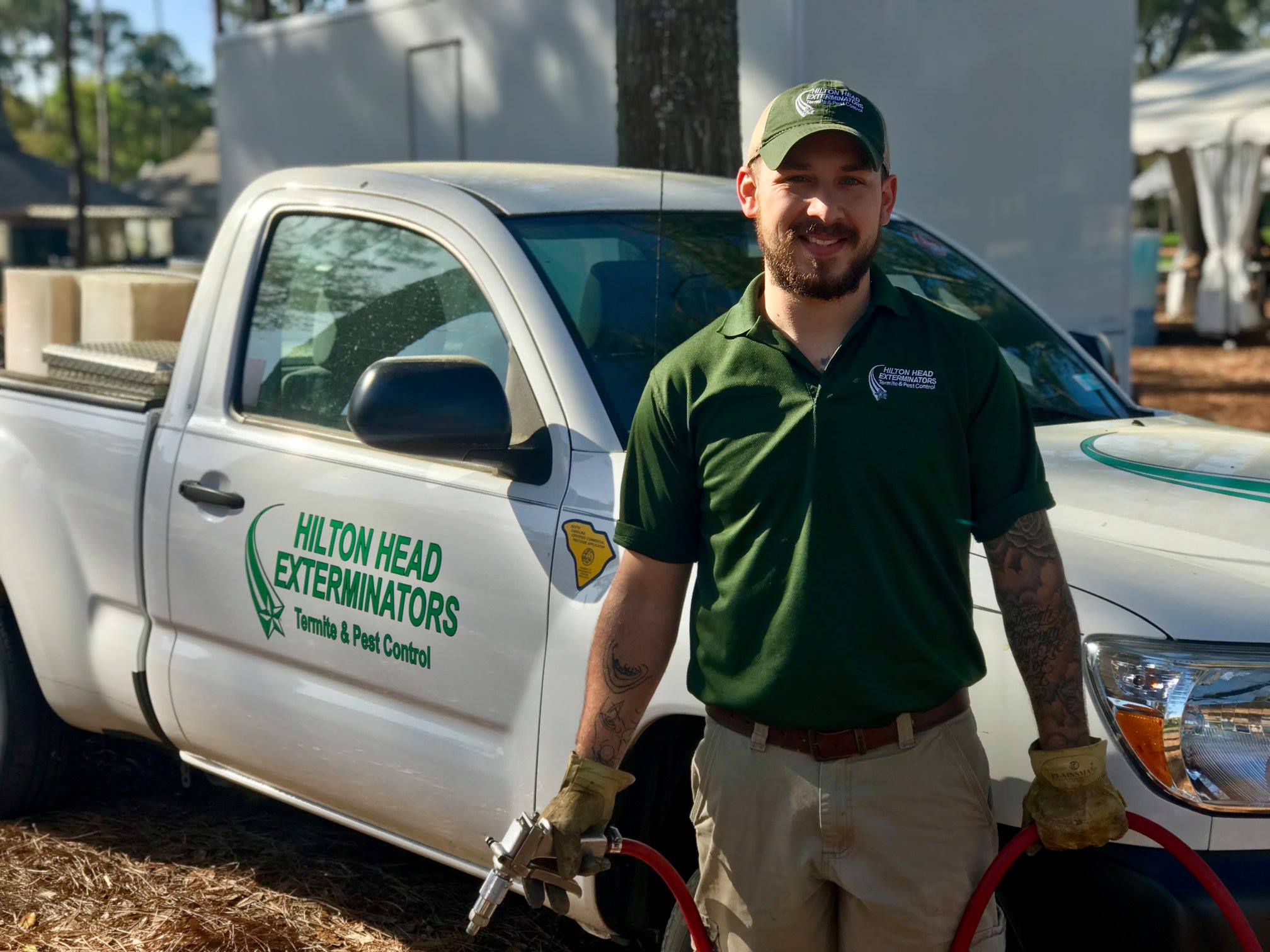Many pool owners tell us that they really enjoy the experience of a warm pool, but the cost of heating a pool can be significant even with a highly efficient system like a Heat Pump Pool Heater (HPPH).
Here are six methods that will help. Each pool environment is different, and while the value of each method is universal, they are not all universally applicable to a particular pool.
1) Solar heating is essentially free (there are some small increases in the cost to pump the water through the large solar panels, but it is minimal). The downside of solar is that it rarely meets the needs for a full season of heating demand, or it fails to provide heat fast enough or when the sun isn’t shining. But when solar is available and you have the budget to purchase a solar system with a Heat Pump Pool Heater backup, you can have the best, most economical system available.
2) If you have a Heat Pump Pool Heater (HPPH) system only, the time of day that you run your HPPH is a system operation parameter you should address. HPPH’s get their heat from the air. So, logically, the best time to run a HPPH is when the air temperature is at its warmest. As long as your filtration is running at the warmest time of the day, your HPPH will operate at its optimum Coefficiency of Performance (COP). COP is the measure of energy output divided by energy input.
3) And speaking of COP…the COP is the efficiency rating of the HPPH. As mentioned in item 2, this measure of efficiency changes as the air temperature changes. The unit is more efficient the warmer the air temperature. Another aspect of COP to consider the overall COP rating as applied to the individual model of HPPH you purchase. Not all HPPHs are created equal. If we do a comparison of HPPHs and assume all have the same heating capacity, or BTUh, you will find a variety of COP ratings available on the market. The higher the COP rating, the more efficient the HPPH will be. The percentage difference between one COP rating and another will equate to the percentage savings available between the lower and higher rated COP heater. This means you should buy the highest COP-rated unit your budget allows while making sure the model you select has the capacity, or BTUh, to meet your heating demand. Your Pool Professional can help you with this decision process.
4) Controlling evaporation. Heat loss on any pool, heated by any means, is primarily driven by evaporation from the surface of the pool. Upwards of 75% of heat loss is through this method. So controlling that evaporative loss is key to reducing heating cost. There are three types of blankets that can help control evaporation: Solid, Floating and Liquid. The Liquid blanket is easy to use, and is inexpensive, but also carries the lowest level of effectiveness.
5) Wind at the surface of the pool creates ripples or small waves on the surface of the pool ultimately accelerating evaporation. So, creating a pool environment that is shielded from wind will greatly help reduce heating cost.
6) The last method is the pool temperature set point. The warmer you heat your pool water, the more it will cost to keep it warm. Each degree rise in temperature can equate to an approximate 15-18% increase in operation cost. So, while an 88°F pool is nice and toasty warm, it will cost a lot more to maintain than a pool that is held at 85°F.
There is nothing better than a warm pool. These are some tried and true ways to help keep that cost to a minimum.
For more information about heat pumps, please call our Customer Service at 800.878.0998.
Provided by Year Round Pool

